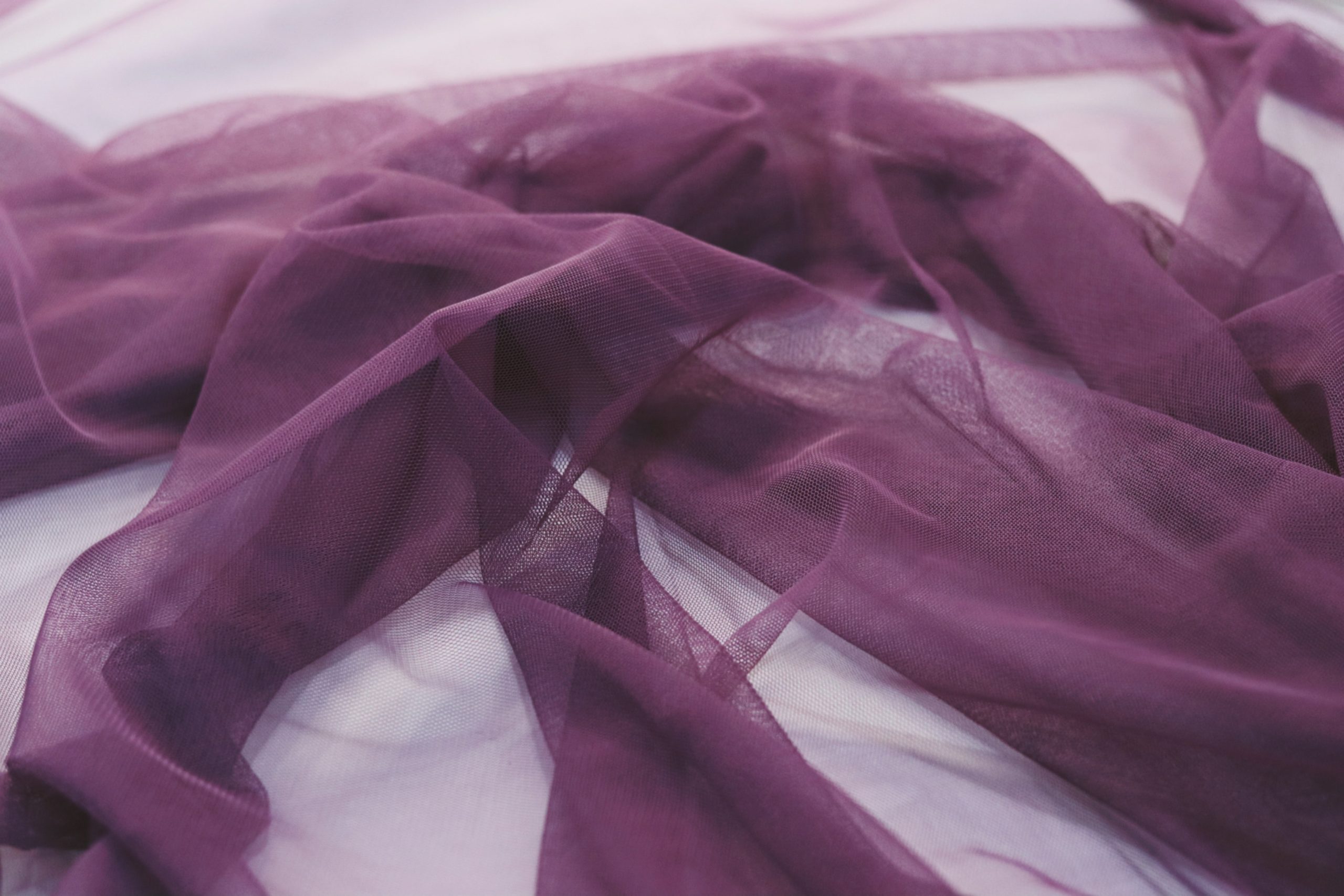Fine fabrics, such as lace, chiffon and silk can make beautiful garments. However, they can also cause several sewing machine problems, including snagging, puckering, and stretching.
If you’d love to work with fragile textures but are worried about damaging the material or your sewing machine, don’t panic. Here are our top tips for sewing delicate fabrics.
Before Sewing
Once you’ve chosen your sewing pattern, there are a few ways you can prepare your delicate fabric and tools to prevent sewing machine problems.
Ensure You Have a Large Enough Workspace
Having a large enough surface is preferable no matter what you’re sewing. When using delicate fabrics, however, it becomes essential. Fine fabrics can stretch under their own weight, so avoid having your length of material hanging over the edge of a table.
Make Sure You Have The Right Needle
It’s good practice to use a new needle in your sewing machine whenever you start a new project. However, it’s even more important when sewing delicate fabric. If your needle is bent or broken from overuse, it can catch on the fine fibres.
You also want to make sure you choose a very fine needle for fragile fabric.
Use Tissue Paper When Cutting Out Your Fabric
You might find that delicate, slippery fabrics slide about and make it tricky to cut out an accurate shape. It can be helpful to place tissue paper underneath your fabric and sewing pattern and cut through all three layers together.
Use Very Fine Pins
As well as using fine sewing machine needles, you want to make sure you use thin pins for tacking. These will leave fewer marks on your lightweight fabric.
Spray Your Fabric with Starch
Fabric slipping and moving around too much is one of the most common sewing machine problems. It’s also an issue you’re more likely to encounter when working with shiny fabrics like satin or silk.
A layer of starch will make lightweight fabrics easier to handle and give them more stability on sewing machines. It’s especially helpful for sewing necklines and hems. Just be careful not to use starch on silk as it can damage the material.
Sewing and Hemming Delicate Fabrics
As well as preparing your fabrics and workstation properly, there are some steps you can take as you sew.
Adjust The Pressure of Your Sewing Machine Foot
Another way to keep your delicate fabric stable is to ensure you have the correct sewing machine foot pressure. Thin fabrics need more pressure than thicker materials.
Don’t Push or Pull The Fabric as You Sew
When sewing delicate fabric, you need to be gentle in manoeuvring it. Don’t let the fabric bunch but leave enough slack for the machine to do its job.
Avoid Backstitching
When using heavier fabrics, you might backstitch for a few stitches to lock a seam in place. With delicate fabrics, however, this can pucker the material or suck it into the bobbin mechanism.
You can get around this sewing machine problem by leaving extra-long thread tails, then knotting them together by hand to anchor your seams,
Hang the Garment Up Before Hemming
If you cut lightweight fabrics on the bias, they tend to stretch. It’s helpful to hang up your garment for 24 hours before finishing the hem. This will give the threads time to relax so you can hem without snagging.
Keep Your Hems Narrow
When you do hem delicate fabric, keep the hems as narrow as possible. Rolled hems are an excellent choice.
Support from Franklins
If delicate material is causing you sewing machine problems, we’re here to help. Why not browse our blog for more troubleshooting and sewing advice? Or if your machine is in need of a bit of TLC, contact your local Franklins Group store to book in for a repair.

